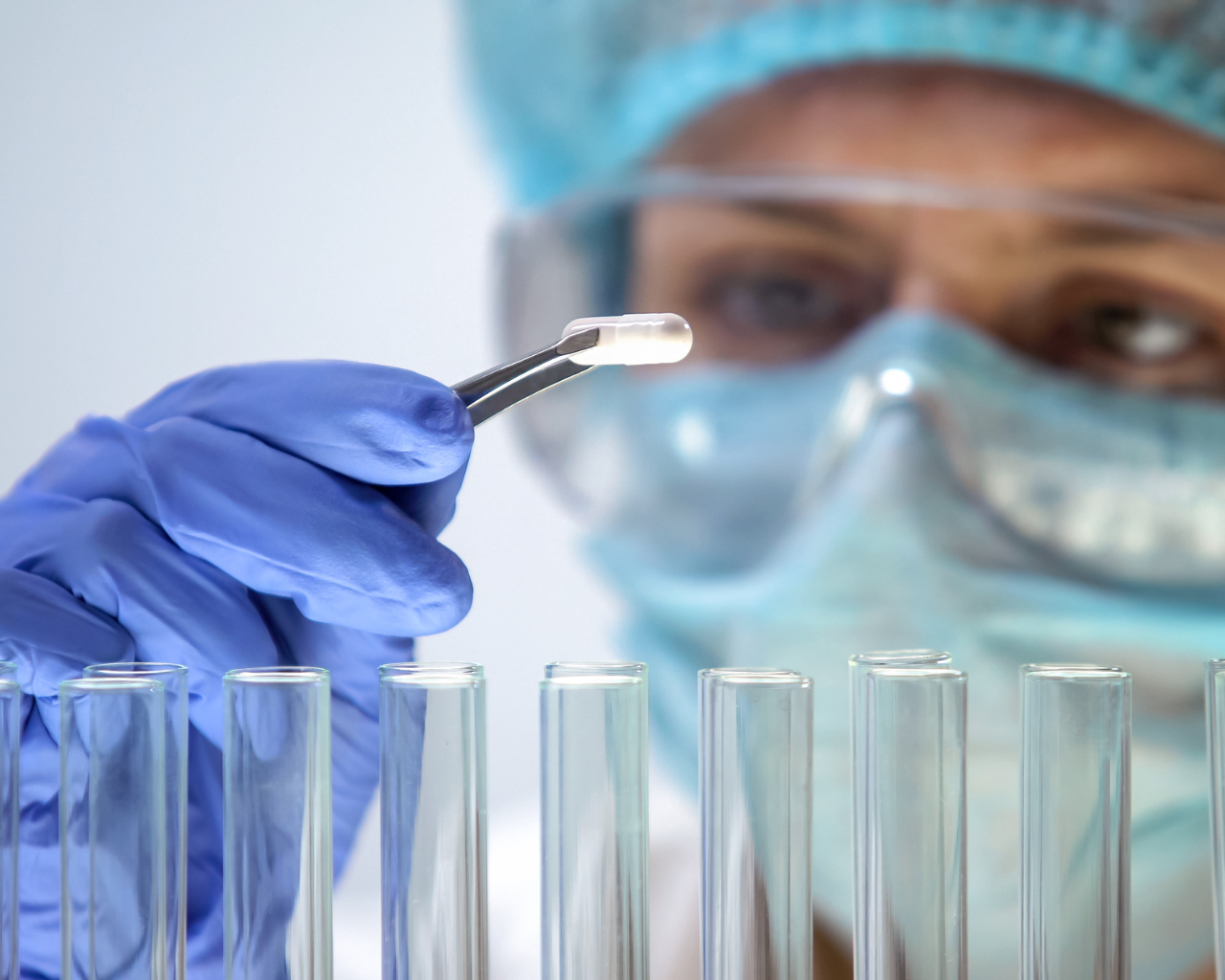After the FDA had already published an initial discussion paper addressing Artificial Intelligence (AI) in the manufacturing of medicinal products, in early 2023, the EMA issued a draft reflection paper outlining the current thinking on the use of artificial intelligence (AI) to support the safe and effective development, regulation and use of human and veterinary medicines, on 19 July 2023.
This paper reflects on principles relevant to the application of AI and machine learning (ML) at any step of a medicines’ lifecycle, from drug discovery to the post-authorisation setting and reports the experience of the EMA in this context, in which scientific knowledge is rapidly evolving.
Recently the success of ChatGPT and related reporting have made the topic of Artificial Intelligence accessible to a wide audience.
General considerations
In general, it is mentioned that AI and ML, if used correctly, can effectively support the acquisition, transformation, analysis and interpretation of data within the medicinal products lifecycle.
A risk-based approach to the development, implementation and performance monitoring of AI and ML tools should enable developers to proactively define the risks to be managed during the life cycle of AI and ML tools.
AI and ML tools, when used properly, can effectively support the acquisition, transformation, analysis and interpretation of data within the medicinal product lifecycle. Section 5 of the document lists some guidelines and documents that may provide useful recommendations for implementing AI/ML applications.
It is essential to highlight that the marketing authorisation applicant or MAH is responsible for ensuring that the algorithms, models, datasets, etc. used are fit for purpose and meet ethical, technical, scientific and regulatory standards.
Content of the document
The document addresses the following topics:
- AI in the lifecycle of medicinal products
- Drug discovery
- Non-clinical development
- Clinical trials
- Precision medicine
- Product information
- Manufacturing
- Post-authorisation phase
- Regulatory interactions
- Technical aspects
- Data acquisition and augmentation
- Training, validation, and test data
- Model development
- Performance assessment
- Interpretability and explainability
- Model deployment
- Governance
- Data protection
- Integrity aspects
- Ethical aspects and trustworthy AI
Conclusion
The quickly developing field of AI and ML shows great promise for enhancing all phases of the medicinal product lifecycle.
Finally, the use of AI in the lifecycle of medicines should always comply with existing legal requirements, considering ethics and its underlying principles, and with due respect for fundamental rights. A human-centred approach should be adopted in the development and use of AI and ML.
SOURCES:













